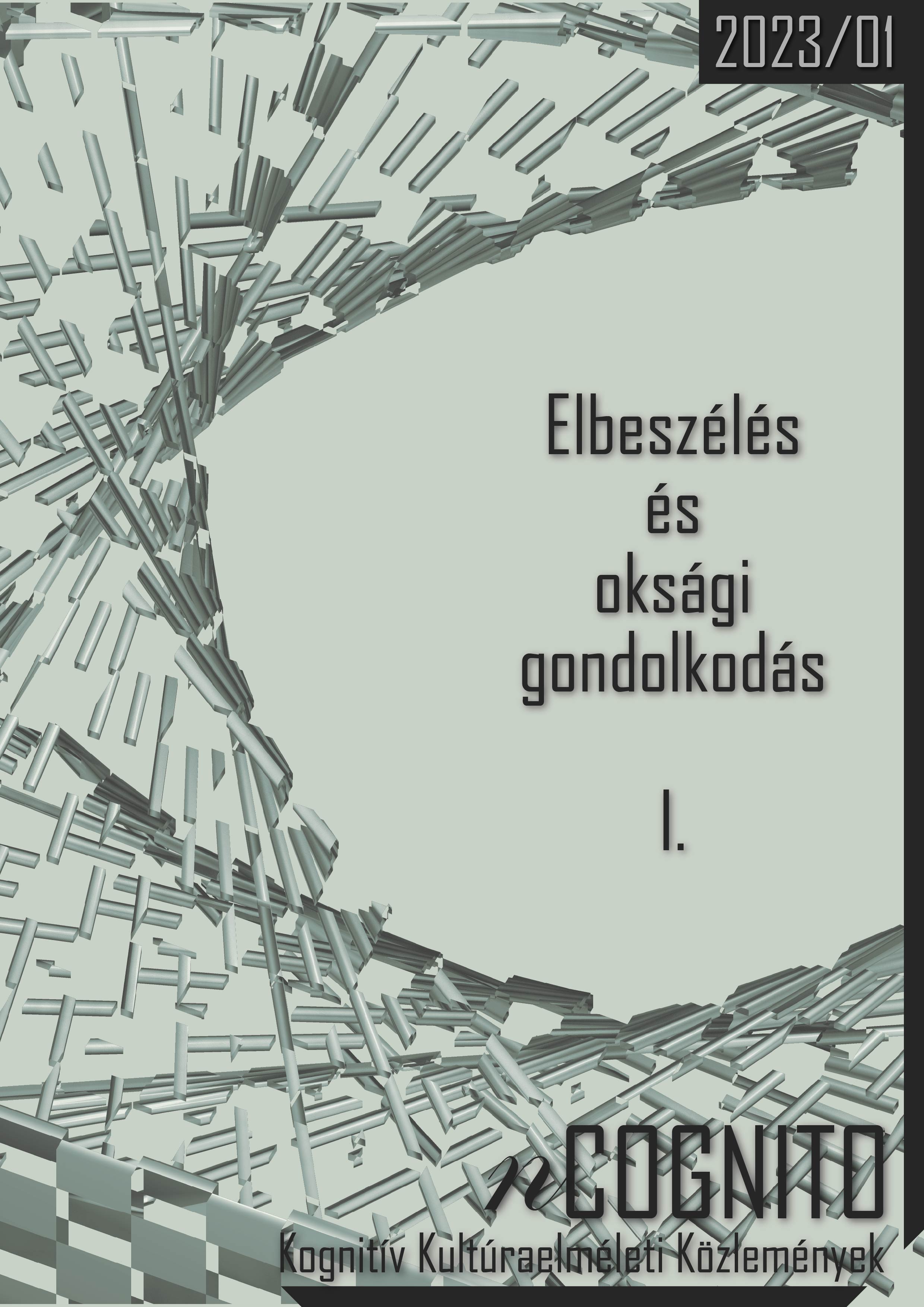Narratív és nem narratív filmes szerkezet megértésének összehasonlítása befogadói szövegekben
Main Article Content
Absztrakt
Empirikus vizsgálatsorozatunkban azt a kérdést helyeztük a fókuszba, hogy milyen – alacsony és magas szintű - mentális műveletek zajlanak egy narratív és egy nem narratív film befogadásakor a nézőben. 2019-ben EEG-vel és szóasszociációs módszerrel végzett vizsgálatunk következtetése, hogy a narratív film esetében nagyobb mentális erőfeszítést tesz a néző a térbeli orientáció és a térbeli figyelem terén, míg a nem narratív film befogadása nagyobb memóriamunkát igényel, és folyamatos erőfeszítést a szereplők megértésében. Ezek alapján feltételezhető, hogy a szereplős, de nem koherens filmek esetében a nézők hasonló megértési stratégiával próbálkoznak, mint a koherens film esetében. Ezt a feltételezést teszteljük jelen vizsgálat során, ahol ugyanannak a filmnek eredeti és átvágott változatát mutattuk 42 vizsgálati személynek (20 férfi és 22 nő, átlagéletkoruk 32,7 év (SD=9,05)). A filmek érthetőségének/nem érthetőségének validálása során az online következtetések, a Narratív Bevonódás Skála és a cselekmény retrospektív összefoglaló szövegeinek elemzése által nyert eredmények újabb hipotéziseket vetettek föl. A koherens változat esetében sokkal gyakoribbak voltak a tér-idő, a szereplők érzései, valamint a történés és a cél kategóriái, míg a nem koherens változatot inkább az események nagy szerkezetbe való beillesztésével és a szereplők azonosításának kategóriáival próbálják magyarázni.
Article Details
Funding data
-
Hungarian Scientific Research Fund
Grant numbers OTKA 138108

